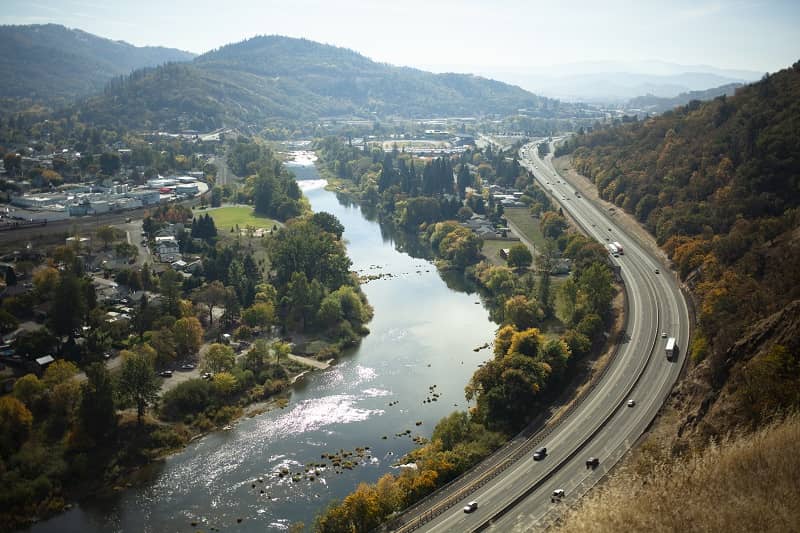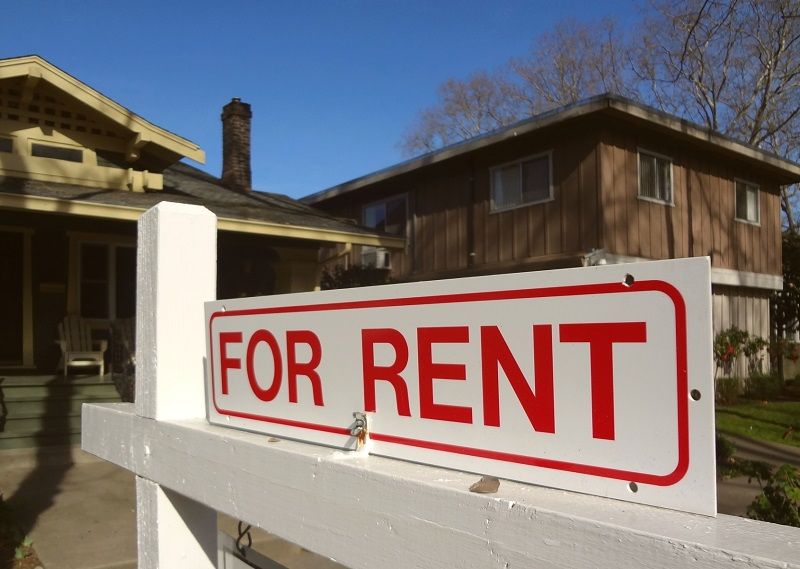Last year the S&P 500 Index had a total return on investment of 32%. That should have been good news for Oregon public schools, which receive twice-yearly checks from an endowment known as the Common School Fund.
One of the largest assets of the Fund is the 93,000-acre Elliott State Forest, near Coos Bay. Unfortunately, the Elliott did not return 32% last year. It did not even return zero percent. The state actually lost $3 million. That is quite a feat of mismanagement for timberland with a value of more than $500 million.
The Elliott is governed by the State Land Board, comprised of Gov. John Kitzhaber, Secretary of State Kate Brown, and State Treasurer Ted Wheeler. Under their leadership, more than 84% of the Elliott has been set aside in no-touch zones to accommodate the alleged needs of a small bird known as the marbled murrelet. Refusing to harvest timber means that schools lose out.
There is a better way. A recent study shows that by simply selling or leasing the Elliott, Oregon schools would gain additional revenues of $40-50 million per year, with larger amounts over time.
Markets work when we allow them to. It’s time to apply market-based principles to the Elliott State Forest.
John A. Charles, Jr. is President and CEO of Cascade Policy Institute, Oregon’s free market public policy research organization.











